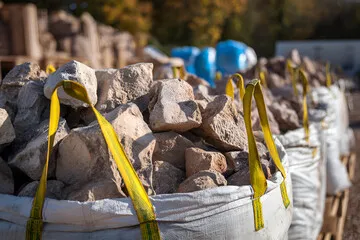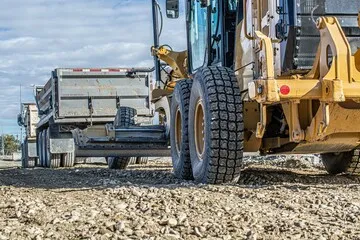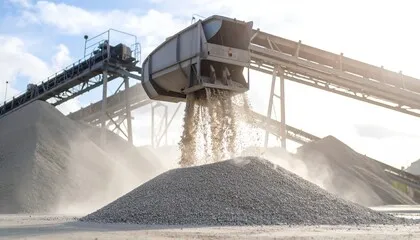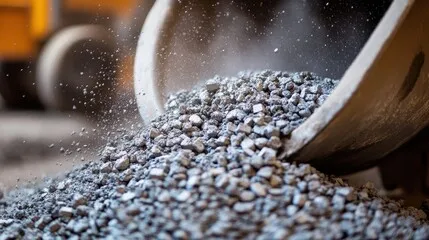Types of Aggregates Explained
Aggregates are the unsung backbone of construction, from the gravel beneath our driveways to the sand in the concrete!
In this blog, we’ll explore a wide range of aggregate types, spotlighting type 1 aggregate, type 2 aggregate, and introducing type 3 aggregate. Whether you’re curious about what is type 2 aggregate or even wondering what is type 3 aggregate, you’ll find all the answers here!

What are aggregates?
Aggregates are rough, natural or recycled materials such as sand, gravel, crushed stone, or concrete. They’re often mixed with cement or asphalt to form products like concrete, road bases, footpaths, and drainage layers.
In the UK, there are two main types of aggregate:
- Primary aggregates – These come straight from quarries and include natural sand, gravel, and crushed stone.
- Secondary aggregates – These are made from recycled materials such as crushed concrete and are a more sustainable option.
MOT & type-based aggregates
Type 1 aggregate (also known as MOT Type 1)
Type 1 aggregate is a compact, load-bearing material made from crushed stone or concrete. It’s usually sized between 0-40 mm and is perfect for creating strong sub-bases for:
- Roads
- Driveways
- Patios
This is one of the most common and reliable aggregate types used in UK construction.
Type 2 Aggregate (MOT Type 2)
And what is type 2 aggregate? It’s a sub-base material graded from larger stones (up to 63 mm) down to fine particles. It compacts well and allows water to drain through, making it ideal for:
- Footpaths
- Walkways
- Pothole repairs
- Backfilling trenches
Type 2 aggregate is often made using recycled content, which supports sustainable building practices.
Type 3 Aggregate
Type 3 aggregate is a newer material that contains fewer fines (dusty particles). It’s designed to offer high drainage while still being strong and compactable.
This makes it ideal for:
- Sustainable Urban Drainage Systems (SuDS)
- Driveways
- Sports surfaces
- Car parks
If you're wondering what is type 3 aggregate, think of it as a heavy-duty, free-draining option for modern construction.

But why does it matter?
Choosing the right aggregate for your project is important for several reasons:
- It ensures the surface is stable, safe, and long-lasting.
- It supports the environment by using recycled materials where possible.
- It improves water drainage and helps reduce flooding risks in some projects.

To summarise
- There are several types of aggregate available, and each has its own purpose.
- Type 1 aggregate is strong and compactable, which is great for sub-bases.
- Type 2 aggregate offers both strength and drainage, with sustainable benefits.
- Type 3 aggregate is best for drainage-heavy projects like driveways or sports surfaces.

Looking for the right aggregate type for your project? Well, now you’ve got all the key facts, especially the differences between type 1, type 2, and type 3 aggregate, you can now make a confident choice based on strength, drainage, and sustainability.
If you have any further questions or would like to learn more about our types of aggregates, feel free to visit your local Howarth branch or contact our customer service team on 01472 907051.
You can also browse our full selection of aggregates here, or pop into a branch for friendly advice and support.
Recent Posts
-
How to make your home more energy efficient
Every home can be greener but how do we make sure we are living in energy efficient homes? With risi
-
How do you prevent pipes from freezing?
Winter is an exciting time, with everyone looking forward to the incoming festivities. But with the
